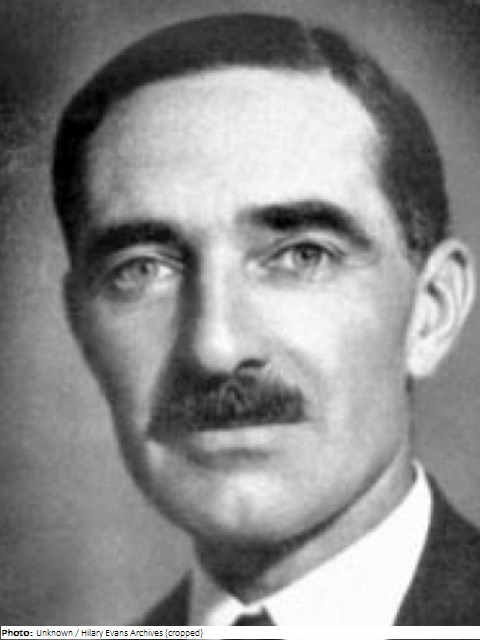Clarence, Lord Aberdare of Duffryn

Biographical information
| Roles | Administrator |
|---|---|
| Sex | Male |
| Full name | Clarence Napier•Bruce |
| Used name | Clarence, Lord•Aberdare of Duffryn |
| Born | 2 August 1885 in Hanover Square, England (GBR) |
| Died | 4 October 1957 in Morinj, Kotor (MNE) |
| Title(s) | 3rd Baron Aberdare of Duffryn |
| NOC |  Great Britain Great Britain |
Biography
Clarence Bruce, 3rd Baron Aberdare of Duffryn studied at Winchester College and then New College, Oxford where he gained a third class honours degree in modern history in 1908, and won blues in cricket, golf, rackets, and real tennis. He was admitted to the Honourable Society of the Inner Temple in 1911, and later fought in World War I with the Glamorgan Yeomanry, reaching the rank of Captain. In the Second World War he gained the rank of Major in the 11th Battalion, Surrey Home Guard. He succeeded to the title of 3rd Baron Aberdare of Duffryn on 20 February 1929. He was awarded the CBE in 1949 and was invested as a Knight Grand Cross, Order of the British Empire (GBE) in 1954.
An all-around sportsman, Lord Aberdare was the British amateur rackets champion in 1922 and 1931, and was 10 times a doubles champion. He was also twice a singles and doubles champion in the United States, and once a doubles champion in Canada, but his finest achievement was in winning the 1932 Open Championship of the British Isles at the age of 46. At real tennis he was the British Isles Open Champion in 1932 and 1938 (when he was 52), and was the USA amateur champion in 1930. He played 18 times for Great Britain in the Bathurst Cup and six times won the Coupe de Paris. Lord Aberdare enjoyed a long First Class career in cricket, joining Middlesex in 1908 and playing his last match for them in 1929. He scored 4,316 First Class runs, including a personal best 149 in less than 2½ hours against Lancashire at Lord’s in 1919.
Aberdare’s father was a wealthy Welsh landowner who attended the 1894 Olympic Congress at the Sorbonne at which the modern Olympic Games were revived. Lord Aberdare joined the IOC in October 1929, and later served several terms as a member of the Executive Board, serving from 1931-39 and 1946-51. He was also a member of the Organizing Committee for the 1948 London Olympics. He was one of only three IOC Members, along with Avery Brundage and J. Sigfrid Edström, to meet in London August 1945 to discuss the revival of the Olympics after the war. Lord Aberdare drowned in October 1957, when he drove into a river in Morinj, Montenegro, while returning from the 1957 IOC Session in Sofia, Bulgaria. His second wife of just over three weeks, Grizelda Hervey, was with him but survived and returned home to arrange the funeral and memorial service. As coffins were not allowed on passenger aircraft, officials from the British Embassy in Belgrade had it concealed among the cellos of the touring Minneapolis Symphony Orchestra.
Organization roles
| Role | Organization | Tenure | NOC | As | |
|---|---|---|---|---|---|
| Member | International Olympic Committee | 1929—1957 |  GBR GBR |
Clarence, Lord Aberdare of Duffryn | |
| Executive Board Member | International Olympic Committee | 1931—1951 |  GBR GBR |
Clarence, Lord Aberdare of Duffryn |
Olympic family relations
- Nephew of Charles Granville Bruce
Special Notes
- Listed in IOC Members of the Nobility (3rd Baron Aberdare of Duffryn)